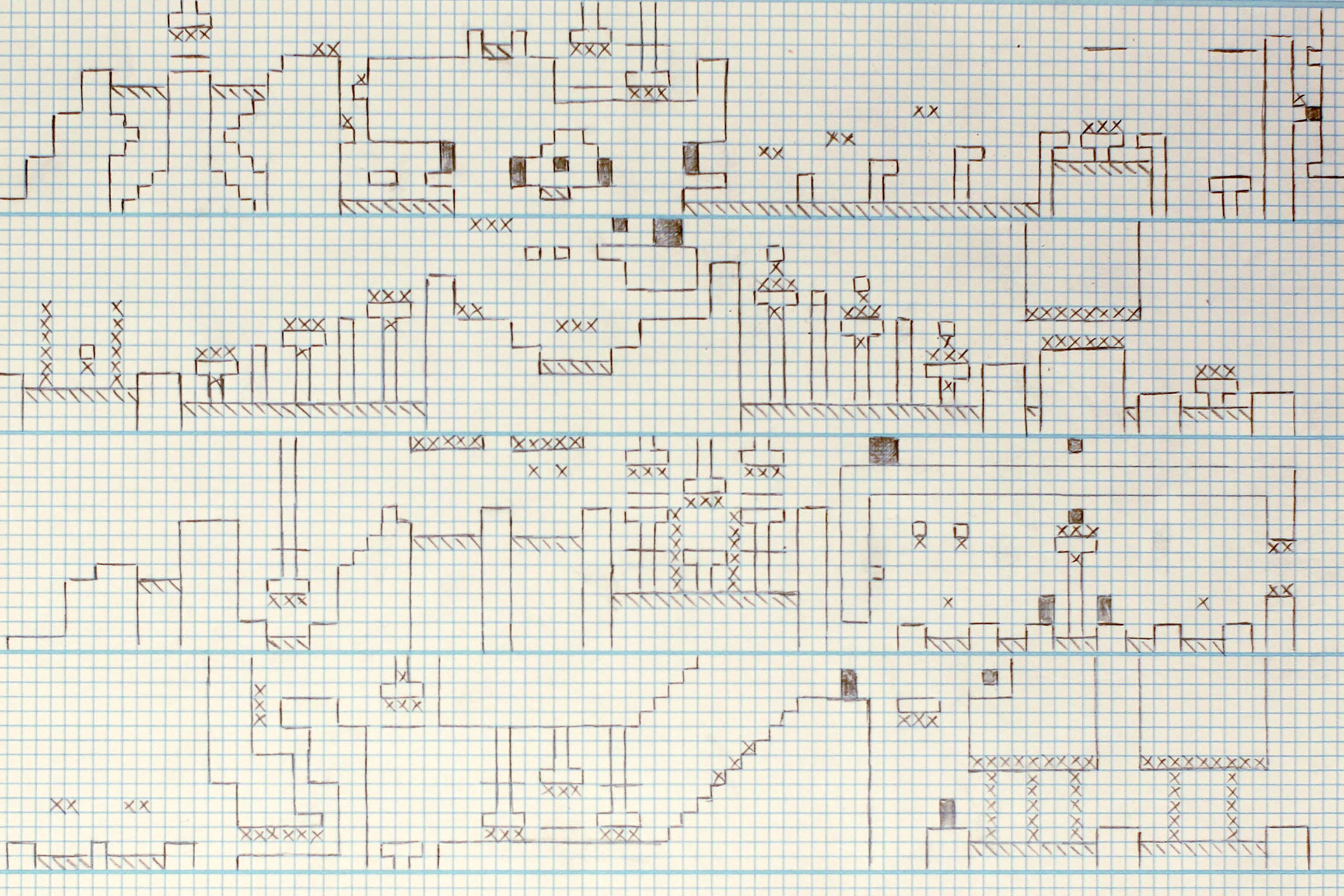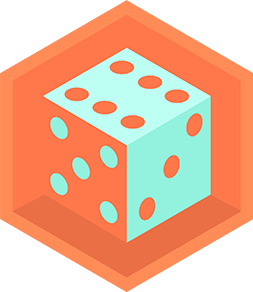Make a pen and paper game
Create and play a pen and paper adventure game with maps, characters, rules, and dice; practice creativity, storytelling, strategy, and basic math.



Step-by-step guide to make a pen and paper game
Try this game with your friends! 👯♀️ #penandpaper #games #challenge #easygame #pens
Step 1
Pick a fun theme for your adventure like space pirates jungle mystery or castle quest and decide the main goal.
Step 2
Choose how many players will play and give each player a role name like Hero Mage or Scout.
Step 3
Draw a map on paper using your ruler with rooms or squares connected by paths.
Step 4
Mark a Start spot a Goal spot and at least three special spots like treasure trap or secret door on the map.
Step 5
Make a character sheet for each player with a name and three stats: Health Attack Magic and write a number 1–6 next to each stat.
Step 6
Write one movement rule that says how far a character can move each turn like move one room per turn or roll to move up to three spaces.
Step 7
Write one combat rule that says how to use the die for attacks such as roll the die add your Attack stat and beat the enemy Defense number to hit.
Step 8
Write one damage and health rule that says how much Health is lost when hit and what happens at zero Health.
Step 9
Create six encounter cards on small paper squares with monsters traps or treasures and give each a Defense number Damage amount or Reward number.
Step 10
Cut out small paper tokens decorate them with colouring materials and tape a token to each character sheet for moving on the map.
Step 11
Play a short test adventure for 2–4 turns following your rules and move tokens on the map to resolve one or two encounters.
Step 12
Change one rule or number to make the game more fun or fair based on what you learned during the test play.
Step 13
Share a picture and short description of your finished game on DIY.org
Final steps
You're almost there! Complete all the steps, bring your creation to life, post it, and conquer the challenge!


Help!?
What can we use if we don't have a ruler, tape, or a six-sided die listed in the materials?
Use a straight edge like a book or string to draw the map instead of a ruler, secure paper tokens with glue or a paper clip instead of tape, and substitute the die by drawing numbers 1–6 from folded paper slips or using a phone dice app for the combat and movement rolls.
If the game feels confusing or a combat keeps being unfair during the test adventure, what should we try first?
During the Play a short test adventure step, simplify the movement rule to one room per turn and lower enemy Defense numbers on your six encounter cards or reduce Damage amounts so hits are less punishing and then replay to check balance.
How can we adapt the game for younger or older kids using the character sheets and encounter cards?
For younger players, make character sheets with only Health and Attack, use a big, simple map and three easy encounter cards, while for older kids add more stats on the character sheet, more complex enemy Defense numbers on the six encounter cards, and optional magic rules.
What are quick ways to personalize or expand the game after the initial playtest and sharing on DIY.org?
Decorate your paper tokens and encounter cards with custom art, add a new Goal spot or special spot on the map, introduce a leveling rule that raises a stat after clearing two encounters, and then update the rules before taking the final picture and description to share.
Watch videos on how to make a pen and paper game
TOP 3 Paper Pen Games | Fun Games To Play On Paper | Pen & Paper Indoor Games
Facts about tabletop game design for kids
✍️ Building characters sneaks in math practice: adding modifiers, calculating hit points, and tracking resources use simple arithmetic.
🗺️ Fantasy maps use real mapmaking basics — compass rose, scale, and legends — the same tools kids can draw for adventures.
🎭 Story-driven games boost storytelling skills — players create backstories, roleplay voices, and develop long-running plots.
🧙 Tabletop role-playing games began in the early 1970s; Dungeons & Dragons, first published in 1974, helped them explode in popularity.
🎲 The 20-sided die (d20) became famous through Dungeons & Dragons and is now a staple of many pen-and-paper games.
How do I create a pen-and-paper adventure game my child can play?
What materials do I need to make a pen-and-paper adventure game?
What ages is a pen-and-paper adventure game suitable for?
What are the benefits of playing pen-and-paper adventure games with kids?


One subscription, many ways to play and learn.
Only $6.99 after trial. No credit card required


